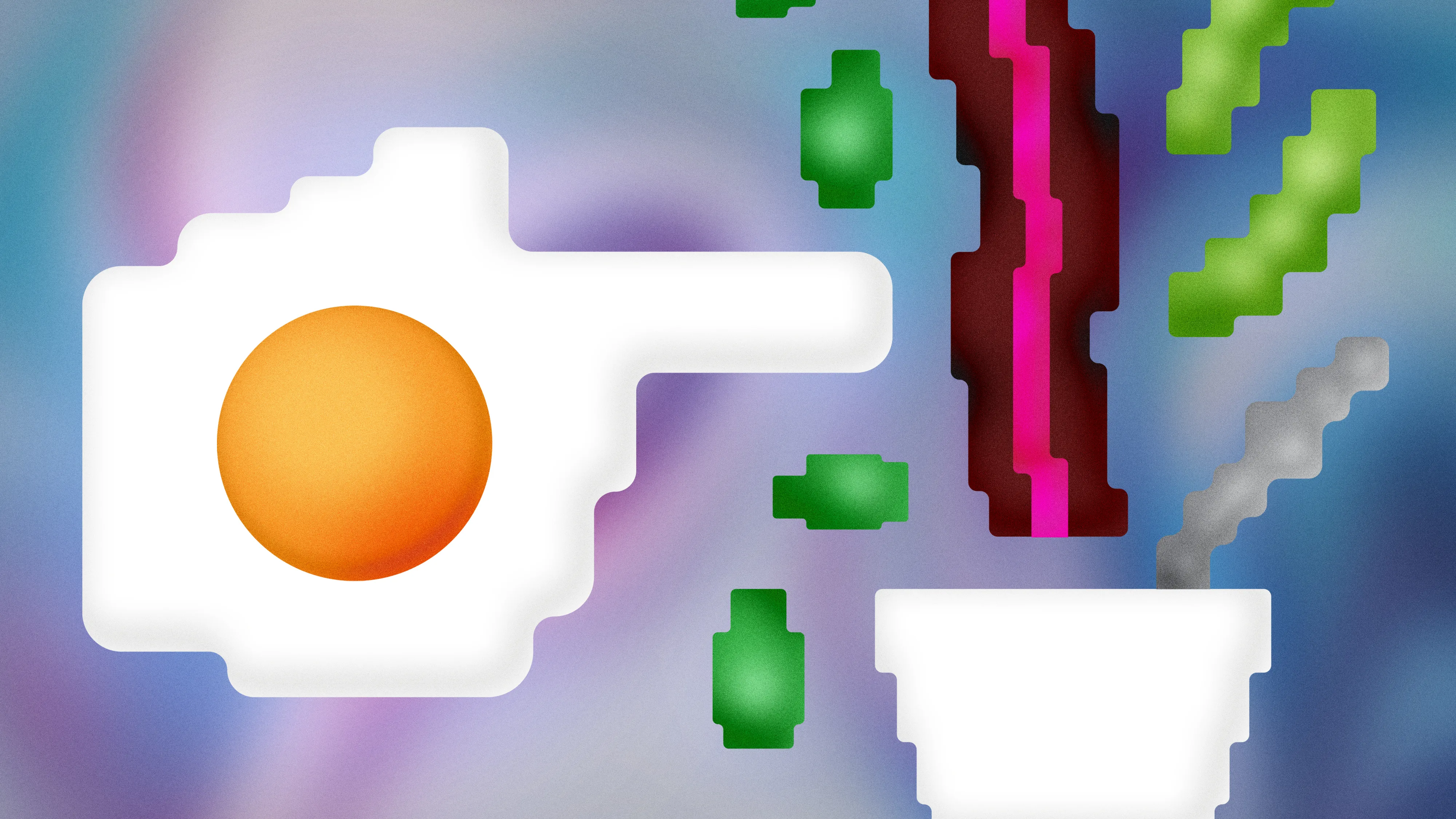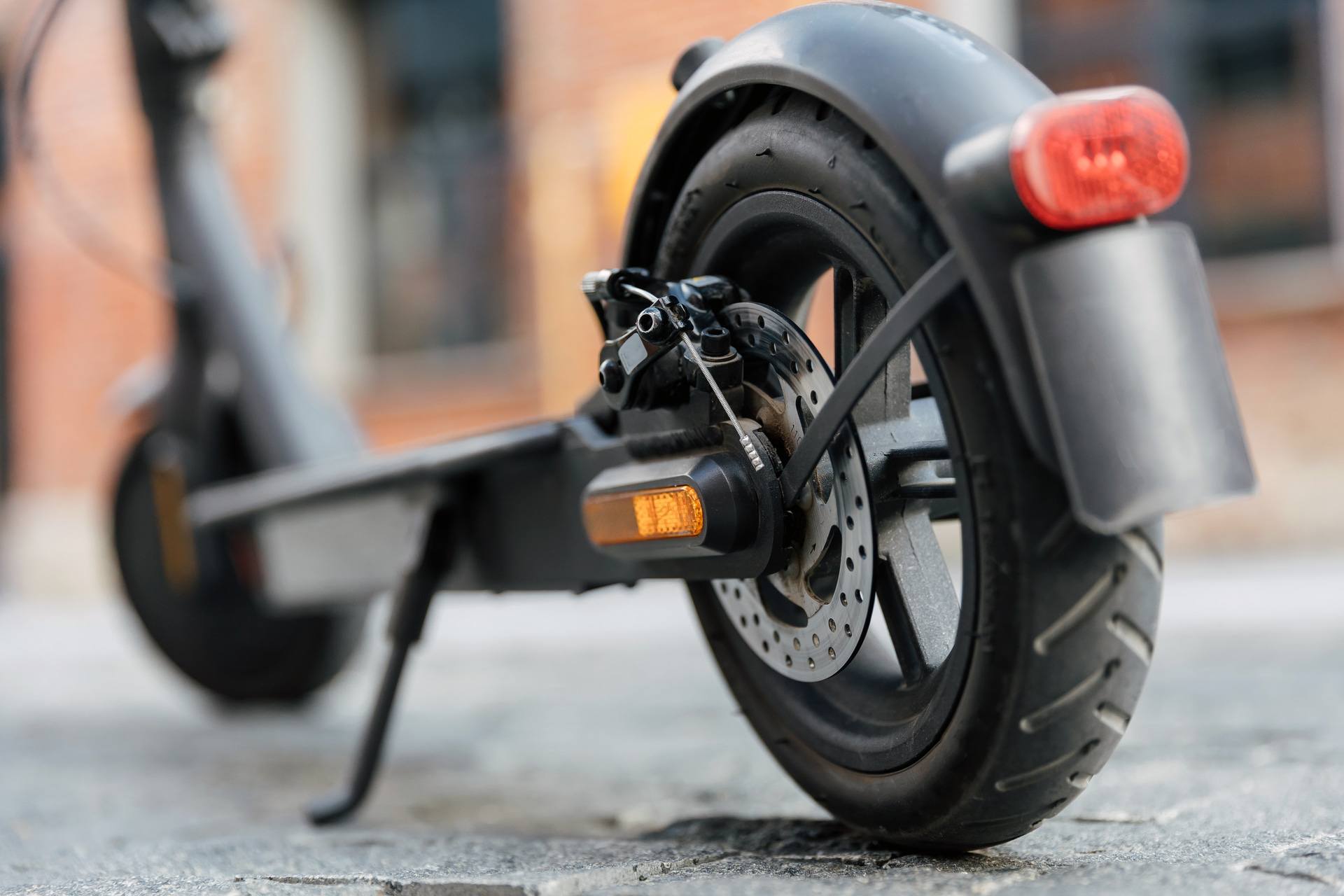By Tom Ward
Copyright gq

Those of us out here trying to meet our protein goals each day are well acquainted with the humble egg. They’re quick to to cook and easy to eat. And each one packs about 6 grams of protein. But there are a lot of other high-protein snacks out there—both in the meat and veggie categories— that offer significantly more protein while being just as easy to prepare.
We aren’t just talking steaks or lean chicken breasts, but a variety of plant and animal proteins that you can snack on or add to meals. Best of all, by broadening your protein intake away from eggs and meat alone, you’ll pack in a whole roster of other benefits for your gut, brain, and beyond.
From Icelandic dried fish to clever whole-food pairings, these non-eggy options will help you meet your fitness goals.
Meat and fish options
Gullfiskur Harfiskur (Icelandic Dried Fish)
“With 80g protein per 100g, this is lean, briny, and pure,” says David Higgins, the author of The Hollywood Body Plan, and co-founder of lifestyle performance club Bodyspace.
This traditional Icelandic snack is quite literally just dried white fish—no frills, no carbs, and more protein than almost any food on the planet. “I first discovered it while working in Iceland and it’s now a non-negotiable travel snack,” says Higgins.
Eat it with a smear of hummus or a grain-based cracker for a smart balance of texture.
Think of biltong as jerky’s more sophisticated cousin. It’s air-dried, richly seasoned beef that’s protein-dense and packed with umami. “My go-to? The Biltong Factory. Their classic cut is clean, chewy, and easy to portion out,” says Higgins, who points to biltong’s whopping 50g of protein per 100g. “Add a handful of roasted chickpeas or lentil crackers for a complete amino chain,” he says.
Vegetarian options
“If you’re not gluten-intolerant, seitan is a real powerhouse with up to 25g of protein per 100g,” says physical trainer and nutritionist Penny Weston. Often used as a meat alternative by vegans, seitan is well known for its texture and it’s ability to absorb flavors, making it a decent addition to curries, stews, stir-frys and other dishes.
“These young soybeans pack a serious protein punch,” says Sas Parsad, nutritionist and founder of The Gut Co. We’re talking around 11g per 100g. Equally as important, these high-protein snacks bring beneficial fiber to feed your gut bacteria and help you feel fuller.
“The result? A full, satisfied feeling and a microbiome that actually thrives,” says Parsad. Sprinkle with sea salt, or add to salads and grain bowls for a simple protein top-up.
Pumpkin seeds
Another protein packed meal-topper, pumpkin seeds pack around 30g per 100g alongside zinc and magnesium, which support immunity and energy. “I love sprinkling them over porridge, salads or soups for a crunchy, nutrient-dense boost,” says Weston.
Another salad-topper extraordinaire, Parsad recommends these humble seeds for a walloping 32g of protein per 100g, along with brain-boosting omega-3s and prebiotic fiber. “The fiber feeds your gut bugs, while the healthy fats help keep inflammation down,” Parsad says. “I usually throw them in smoothies or sprinkle them over roasted veg—an easy way to boost both protein and gut health.”
Lupin beans
Another Higgins recommendation, these Mediterranean powerhouses are loaded with protein and fiber.
“They’re slightly nutty and pleasantly bitter,” says Higgins, who recommends them boiled and marinated with lemon, garlic, and herbs. “Lupins are a complete plant-based protein on their own,” he adds, pointing to their 42g protein per 100g (dry weight). “Eat them solo, or pair with grains for bonus endurance fuel.”
Cottage cheese
Sometimes the go-tos are the best. “Cottage cheese contains an astonishing 14 grams of protein per half-cup,” says Kristy Thomas, a nutritionist with Prowise Healthcare.
“Crucially, it’s high in the protein casein, which digests slowly, boosting satiety and aiding muscle repair,” says Thomas.
Eat it with fruit or whole grains to create a protein-rich, balanced snack.
Hummus and pita
“Hummus isn’t mind-blowingly high in protein,” says Higgins. “But it’s biochemically smart. Chickpeas (legumes) and tahini (seeds) combine to form a complete amino acid profile. Add wholegrain pita and you’ve got plant-based perfection.”
We’re looking at 12g protein per 100g for hummus alone. “Toss in hemp seeds (another complete protein) and a drizzle of olive oil for added omega-3s and absorption,” says Higgins.



